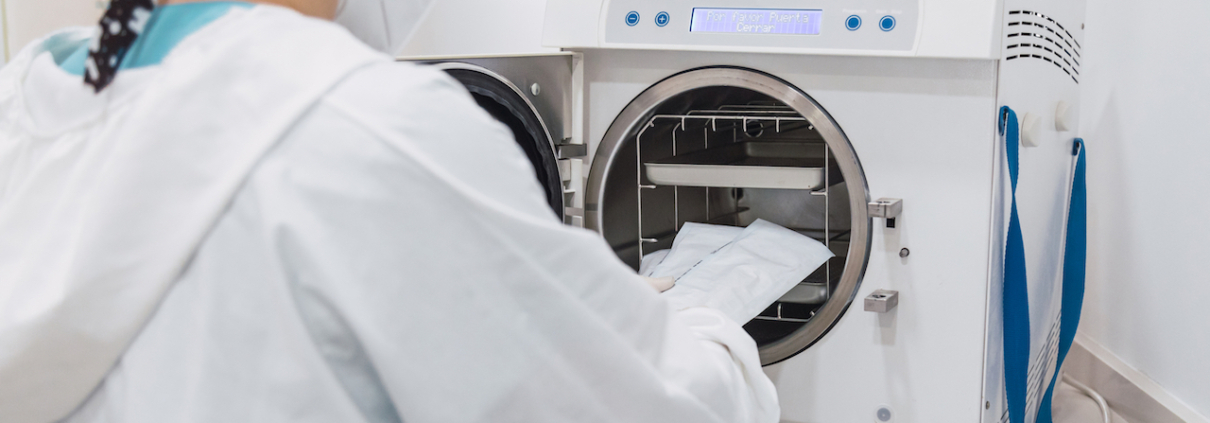What is Bioburden? And How to Control It
What is Bioburden?
Bioburden refers to the number of bacteria or fungal cells living on an unsterilised surface. The term is usually used in reference to medical devices and equipment.
A device’s bioburden level will vary depending on how it was manufactured, including the amount of handling that took place during manufacturing. The size and complexity of the device will also affect its bioburden level, as well as the material it’s made from.
How to Measure Bioburden
We measure bioburden in terms of colony-forming units (CFUs). A CFU is an estimate of the number of viable microorganisms found on a sample.
Average Bioburden Levels
Most medical devices will have a bioburden between 0 and 150 CFUs.
Why Bioburden Matters
As a standard infection control precaution, all hospitals and healthcare settings should effectively sterilise all medical devices and equipment according to the manufacturers’ recommendations.
So if you’re going to sterilise your medical equipment anyway, what’s the point of measuring bioburden?
Because the lower a medical device’s bioburden, the more straightforward it will be to sterilise. If a device has a low CFU, it will be easier to remove any toxins left over from the manufacturing process before you use it.
Also, during the sterilisation process, bacteria cells can release a harmful endotoxin. So a lower CFU ensures that the medical device will be as fast, efficient and – most important of all – safe to sterilise as possible.
How to Control Bioburden
In a hospital and healthcare setting, the biggest difference you can make is in buying from manufacturers who put the measures in place to keep their bioburdens as low as possible.
Here are some of the things medical device manufacturers can do to keep their products’ bioburdens as low as possible:
- Ensure their cleanrooms are strictly controlled for device manufacturing, with high quality air purifiers to remove harmful contaminants from the air.
- Commit to thorough cleaning routines, effective PPE use, and other standard infection control precautions. Manufacturers should also have policies and procedures in place to avoid overhandling products during the manufacturing process, and to keep them covered as often as possible.
- Regularly test all production areas for both surface and air particles to measure the effectiveness of the bioburden control measures, and to make changes where necessary.
How We Can Help You Control Bioburden
We offer comprehensive sterile services cleanroom testing and monitoring services, which includes:
- Active and passive bioburden sampling.
- Airborne particulate sampling.
- Instrument and hard-surface bioburden sampling.
- Endotoxin testing of washed instruments, sterile instruments, and reverse osmosis (RO) water.
- Air pressure differential testing – to ensure that your air purification systems are working like they should.
Learn more about our sterile services cleanroom testing and monitoring services, and get a quote for a consultation today.
We also specialise in hospital-grade air purifiers. Our Blueair HealthProtect™ air purifiers are fitted with advanced HEPASilent technology capable of trapping and killing 99.97% of particles down to 0.1 microns.



